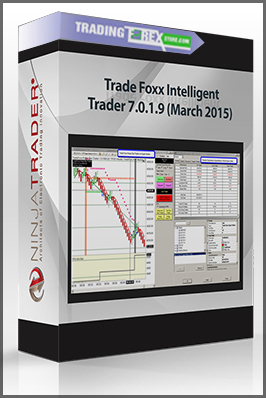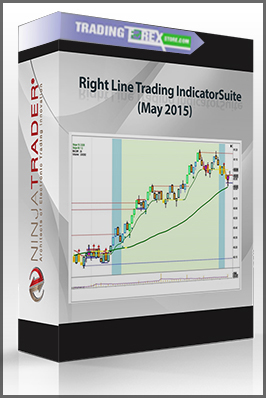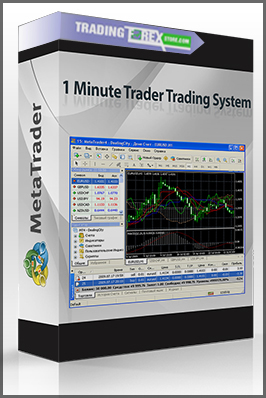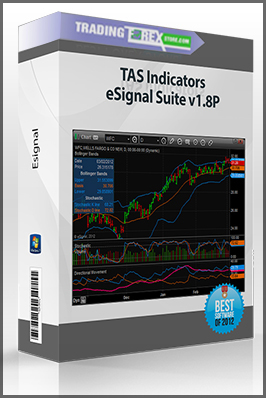

The Definitive Guide to Technical Analysis for Stocks and Options Trading by TechniTrader
$185.00
- Description
Description
The Definitive Guide to Technical Analysis for Stocks and Options Trading by TechniTrader
**More information:
Status:
Sale Page
Get The Definitive Guide to Technical Analysis for Stocks and Options Trading by TechniTrader at bestoftrader.com
Product Description
TECHNICAL ANALYSIS FOR STOCK AND OPTIONS TRADING COURSE
Technical Analysis for Stocks and Options Trading is the only course of its kind on the market. This is a complete, in-depth course on all aspects of stock chart analysis for the short term stock trader. Most retail traders lose money because they lack a strong foundation in technical analysis. This course covers aspects of technical analysis not found anywhere else. It is a unique course designed for the intermediate to advanced trader. If you do not have at least a 75% success rate in your trading, then you need this course. What that means is out of 100 trades, 75 of those trades are highly profitable while only 25 have very small losses. If you haven’t yet achieved this rate of success you need Technical Analysis for Stock Trading Training.
Who would benefit from this course?
Intermediate Level Traders: these are traders who have only a few hundred live trades experience who want to take their trading to the next level of success.
Professional Traders: who want to take their short term trading to the Top Level. This course covers aspects of stock trading and stock chart analysis not available anywhere else. This is a complete, in-depth stock analysis trading course for fund managers and professional traders.
Career-Oriented Traders: who want to expand their knowledge and improve their stock trading profits with simple easy to learn approach that revolutionizes how they will stock trade.
What was the Author’s Intent?
Most stocks traders are unsuccessful because they have learned strategies first and lack the foundation of training and technical analysis necessary to succeed at short term stock trading. Our approach is totally unique. Instead of focusing on exotic strategies, we emphasize stock chart analysis followed by risk analysis and controlled order entries. When you know with a high degree of certainty what the direction the stock is going to take, how long it will take to move that far, and the profit potential, you take the guess work out of stock trading.
You will Learn:
-
Introduction for Technical Analysis for Stocks
-
Understanding Trends
-
Trendline Patterns
-
Retracements and Corrections
-
Support and Resistance, weak, moderate, strong and how they impact stock price action.
-
Bottoming Formations how and why they form and how to determine when a completed bottom has occurred
-
Topping Formations how and why they form and how to determine when a completed bottom has occurred
-
Gaps how and why they form and how to anticipate them
-
The psychology behind price action and how to use it to anticipate near future price action
-
Angle of Ascent and Descent and how it impacts price action
-
Entry Signals
-
Exit Signals
-
Indicators for Stock trading and how to use them for different trading styles
-
The short sell side of the market
-
Trendline Patterns for the downside
-
Downside support and resistance
-
Sell short signals
-
Buy to cover signals
-
Indicators for selling short
-
Calculating Point Gain potential
-
Calculating Run time Duration
-
Analyzing Chart history to optimize your trades
-
Checklist for Stock Trading
-
Putting it all together to get started
Stock trading course: Learn about Stock trading
A stock trader or equity trader or share trader is a person or company involved in trading equity securities.
Stock traders may be an agent, hedger, arbitrageur, speculator, stockbroker.
Such equity trading in large publicly traded companies may be through a stock exchange.
Stock shares in smaller public companies may be bought and sold in over-the-counter (OTC) markets.
Stock traders can trade on their own account, called proprietary trading, or through an agent authorized to buy and sell on the owner’s behalf.
Trading through an agent is usually through a stockbroker. Agents are paid a commission for performing the trade.
Major stock exchanges have market makers who help limit price variation (volatility) by buying and selling a particular company’s shares on their own behalf and also on behalf of other clients.













